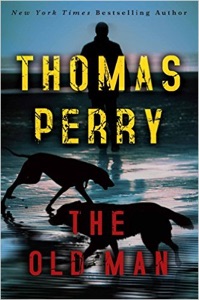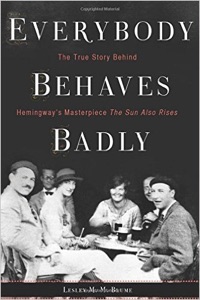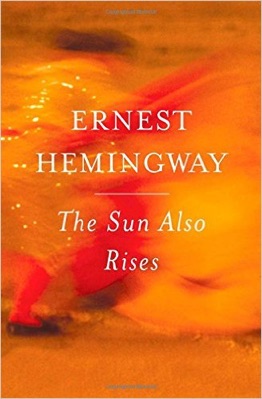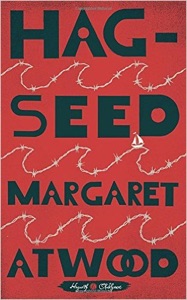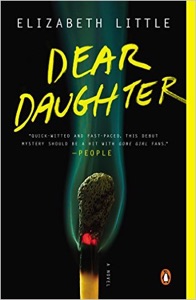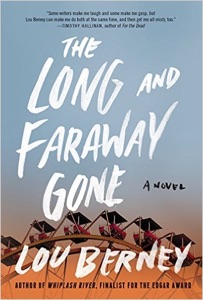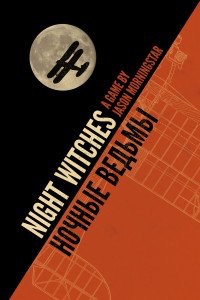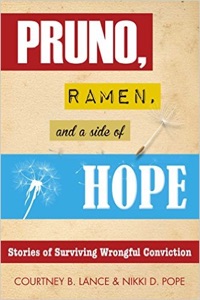A table-top role playing game (and sophisticated study of the nature of narrative) by Jason Morningstar, author of the insightful narrative game Fiasco, which explores the dynamics of the caper movie, and Grey Ranks, a game about the Warsaw ghetto uprising that achieved things we did not think games could achieve.
This is the story of the Soviet 588th Night Bomber Regiment, an all-woman force that flew more than 1000 combat mission against invading Germans. As in Grey Ranks, the outlook is grim: we are flying obsolete bombers against a superior enemy, our own Army despises us because we are women, and our government is perpetually suspicious of success and of failure. Amidst the brutal carnage and foolishness, we can perhaps find friends and lovers among the women of the regiment – but of course such particularity may be unsocialist revanchist perversion.
The center of Night Witches and its underlying brilliance lies in what we would call, in other circles, its collection of writing prompts. For example, when the 588th arrives at its first duty station, the players are asked:
Which officer of the 588th was in no condition to fly when the Regiment arrived in Trudgen Gornyaka? What is being done to keep livestock off the runway, and why isn’t it working?
You’ve got to love this. We’re still early in the war, we’ve already got pilots in love with other pilots, pilots in love with their airplanes, the NKVD snooping around our beloved Captain, a critical shortage of gaskets. We’ve got the Germans. And now we’ve got goats on the runway! And there’s a Mysterious Reason that the goats keep getting onto the runway. Improv: go!
Morningstar (along with fellow narratives game designers the Paul Czege and D. Vincent Baker) teaches us a lot about the interface between games, hypertext fiction, and old media.
January 10, 2017 (permalink)
